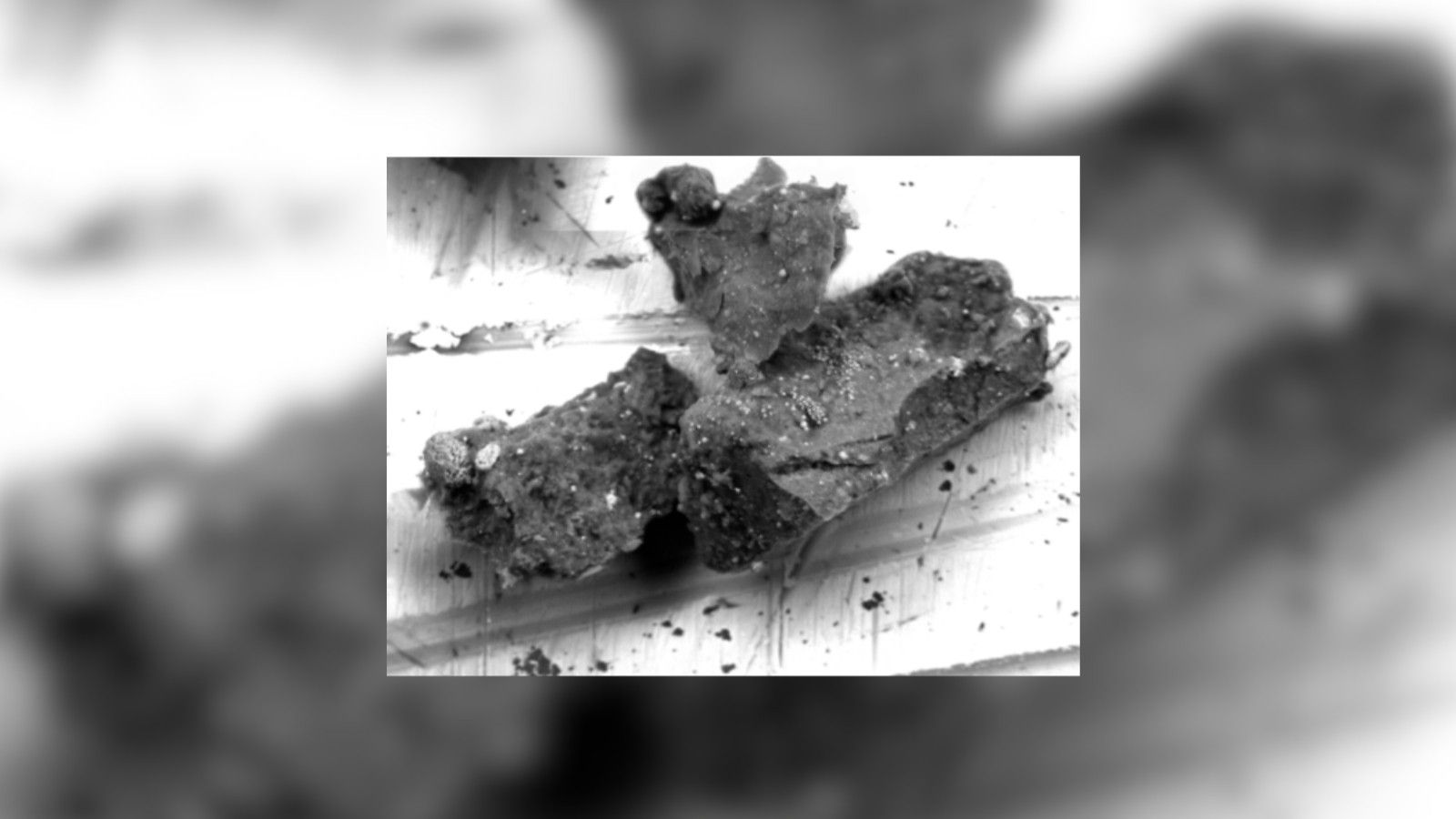☄️ It shouldn't be there: what is this mineral doing on asteroid Ryugu?
Follow us on Google News (click on ☆)

An electron microscope image of the Ryugu dust grain containing the djerfisherite mineral.
Credit: Hiroshima University/Masaaki Miyahara
The mineral in question, an iron and nickel sulfide containing potassium, is normally associated with high-temperature-formed meteorites. Yet Ryugu is a carbon-rich asteroid, believed to have formed in much colder environments. This contradiction puzzles geologists.
Masaaki Miyahara's team at Hiroshima University doesn't rule out two hypotheses: the mineral could come from an impact with another meteorite, or have formed in situ under still unknown conditions. Upcoming isotopic analyses should provide more answers.
This discovery suggests asteroid chemistry is more varied than previously thought. It reinforces the idea that material exchanges may have occurred between different areas of the Solar System from its earliest days. Scientists will now re-examine other Ryugu samples with renewed attention.
What is djerfisherite and why is it so special?
Djerfisherite is a rare mineral composed of iron, nickel, sulfur and potassium. On Earth, it's found in meteorites called enstatite chondrites, formed in very hot environments.
Finding it on Ryugu is therefore surprising. This challenges the current model of carbonaceous asteroid formation, which assumes much colder conditions. This mineral could reveal previously unsuspected chemical processes, or even large-scale matter exchanges between celestial bodies.
Its study might also help better understand the distribution of certain elements essential to life, like potassium, in the early Solar System.